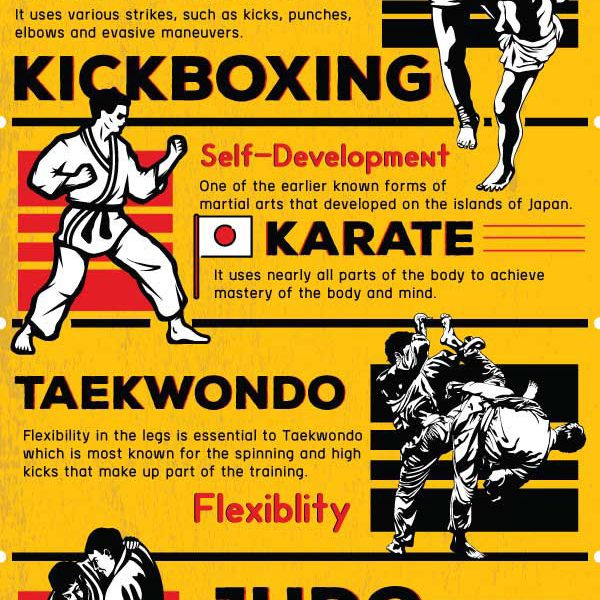The Development And Historical Significance Of Martial Arts Across Different Cultures
The Development And Historical Significance Of Martial Arts Across Different Cultures
Blog Article
Material By-Egeberg Matthews
Martial arts have a fascinating background that spans centuries and continents. You could find it appealing exactly how ancient practices like Shuai Jiao and Kalaripayattu laid the groundwork for modern battle strategies. These disciplines not only stress physical skills but likewise show the societies that birthed them. As you discover their evolution, consider just how globalization has actually changed these standard forms into hybrid styles. What impacts do you think have shaped today's martial arts landscape?
Ancient Martial arts: The Structures of Fight
As you explore the globe of old martial arts, you'll uncover the abundant foundations that formed battle techniques throughout cultures. Very early techniques concentrated on Self-Defense and survival, often integrating strikes, hurting, and weapons.
In ancient China, for instance, methods like Shuai Jiao highlighted throws and joint locks, while India's Kalaripayattu showcased agility and fluid activity. Japanese samurai established Kenjutsu, a refined swordsmanship that highlighted discipline and technique.
These martial arts served not just for battle however also as a means of individual advancement, instilling values like regard and perseverance. The mixing of these methods in time prepared for the varied martial arts you see today, each mirroring the one-of-a-kind philosophies and needs of its culture.
The Social Influence on Martial Arts Growth
While martial arts frequently reflect the sensible requirements of a culture, they also symbolize the cultural worths and beliefs of their origins. When you check out various martial arts, you'll observe just how they're influenced by religious beliefs, philosophy, and social standards.
For instance, the focus on respect and self-control in Japanese martial arts comes from Zen Buddhism and samurai society. On why martial arts is necessary to be taught , Brazilian Jiu-Jitsu advertises flexibility and approach, shaped by the demand for effectiveness in a varied, multicultural atmosphere.
You might discover that the rituals, uniforms, and training approaches mirror an area's history and identification. By comprehending these cultural impacts, you deepen your admiration of martial arts and their role fit human experiences around the world.
Modern Adaptations and the Globalization of Martial arts
Martial arts have changed considerably in current years, adjusting to contemporary culture and worldwide influences. You'll see that traditional types have mixed with modern-day techniques, developing hybrid styles like mixed martial arts. These adjustments satisfy varied target markets, making martial arts available and attractive globally.
With the surge of social media and digital systems, you can find tutorials and competitions from all corners of the globe, damaging geographical obstacles. This globalization has brought about a shared admiration for different self-controls, from Brazilian Jiu-Jitsu to Taekwondo.
As you engage with these arts, you'll realize they're not just about combat; they promote health and fitness, discipline, and psychological well-being.
Ultimately, modern-day adjustments have improved the martial arts landscape, making it a dynamic and evolving technique.
Final thought
In checking out the history and development of martial arts, you uncover a remarkable blend of strategies, societies, and viewpoints. From ancient disciplines like Shuai Jiao and Kalaripayattu to the modern-day flexibility seen in MMA, martial arts mirror humanity's pursuit for Self-Defense and individual development. As https://startefacts.com/news/fists-of-fury-10-kickass-martial-arts-movies-you-can-t-miss_a117 involve with these methods, you not only acquire skills yet also a much deeper admiration for the varied traditions that form our globe today. So, continue your journey and welcome the art of fight!
